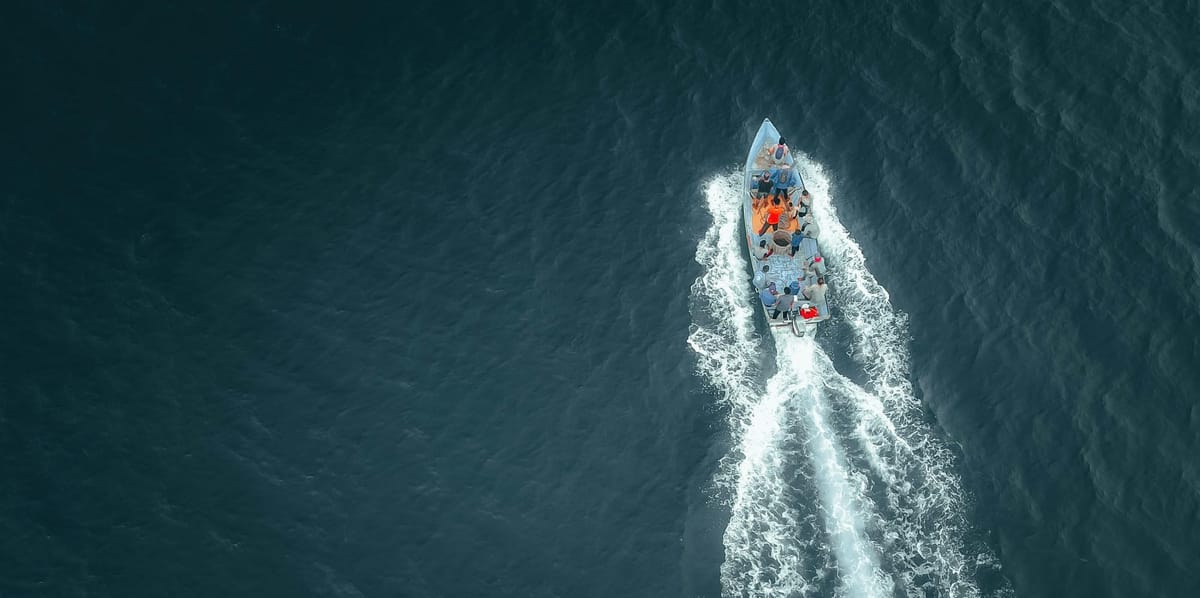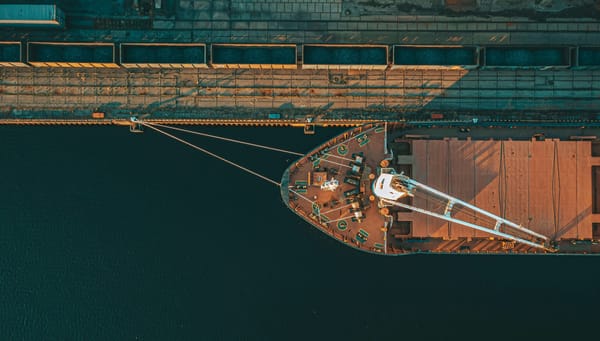Bans and Blacklists: What Seafood Supply Chains Need to Know

Last month US Customs and Border Protection hosted its annual trade summit, a multi-day stakeholder convening that covers all things trade governance. In panel after panel I was shocked to see one topic raised more often than drug trafficking, more than human trafficking, more than gold or counterfeit goods: illegal seafood. Seriously. Here’s the TL;DR on why this is happening:
Seafood is a microcosm of the three issues that have begun to dominate US trade policy in recent years: politics, human rights and environmental conservation.
Even in the narrow context of seafood trade bans we will find politics, human rights and conservation all making their mark. There may be coordination behind the scenes, but outwardly the US has adopted a rather chaotic ‘everybody solo’ approach to combating illegal fishing in trade. This is our attempt to find rhythm in the cacophony with an overview of the status quo, where things are headed and our advice for keeping pace.
I. Forced Labor
Banned Vessels
US Customs and Border Protection (CBP) has—and actively uses—its authority to ban fishing vessels engaged in forced labor through Withhold Release Orders and Findings. There haven’t been a lot of fishing vessels listed over the years, but they can pop up at any time and be quite disruptive. CBP has been petitioned to add some of the vessels called out in the recent media coverage of China’s squid fishing industry, so there could be more soon.
Blacklisted Individuals and Companies
Foreign people and organizations behaving particularly badly can wind up on the US Department of Treasury’s ‘Specially Designated Nationals’ (SDN) list. US companies can’t do business with SDNs or any of their holdings because they are sanctioned. Treasury had not been a significant player in seafood trade but that abruptly changed in 2022 with the designation of 150+ fishing vessels associated with SDNs for their use of forced labor. We expect more fishing vessels, processors, and aquaculture operators could land on the SDN list considering the current US policymaking focus on China and Russia and the importance of the fisheries sector to both of their economies. If you are more familiar with slap-on-the-wrist penalties from environmental agencies, be aware that violating sanctions is no joke—think multi-million dollar fines and jail time.
Banned Populations
Beyond individual assets and actors, the US has special laws in place designating all members of two populations as forced laborers: North Koreans and Uyghurs. It is illegal for these individuals to have any role in producing US-bound goods, no matter where they are in the world or who they are working for. These laws are complex and implemented through an array of sanctions and other actions across multiple federal agencies.
II. Illegal Fishing
International Vessel Blacklists
Also known as Illegal, Unreported and Unregulated (IUU) fishing vessel lists, blacklists created by Regional Fishery Management Organizations (RFMOs) are the most well known. The bar for a vessel to be blacklisted is high–in most cases the evidence includes on-the-water observations in the given management area and a number of countries all have to agree to the listing. IUU fishing vessel information is woefully incomplete—a reflection of how challenging this work is. That said, there is an expectation that companies will not source seafood from fishing vessels on any of these public lists. Blacklists are updated at different times and exist in a variety of formats all over the web… something our team has spent a lot of time wrangling into a fully structured, searchable dataset.
National Blacklists
A few nations publish their own vessel blacklists as well. The US currently doesn't, but there has been a push from Congress in recent years to change that.
III. Political Interests
The most recent example of broader political forces impacting seafood trade is the Biden Administration’s repeated attempts to ban seafood from Russia as a part of a larger push to de-fund the country’s invasion of Ukraine. This was the first time, to my knowledge, that seafood from a specific country was banned unilaterally by the President but it probably won’t be the last. Presidential actions can emerge any time, and this precedent-setting Russia seafood trade ban makes it clear that the justification can be completely unrelated to the product itself.
Our Advice
The landscape of seafood trade bans and blacklists will evolve in the coming years as America’s changing values on commodities sourcing percolate through trade policy. We don’t know what will come next or when it will happen but presidential election years tend to instigate high-level executive actions and bold regulatory shifts. We also know that overall, the tempo of change in this space is quickening. Here is our advice for companies looking to minimize disruptions:
Assess your Vulnerability
How will you maintain situational awareness of changes to banned vessels, entities and other trade restrictions? If you are a member of an industry association they may share pertinent updates; we have found that the National Fisheries Institute and National Customs Brokers and Forwarders Association of America both do a very good job of keeping members apprised of changing regulations. If you are not in a trade association, consider signing up for agency email updates. We will continue to do our best to keep folks up to speed through blog posts, and of course all of these changes are immediately integrated in our software.
Operationalize Compliance
It is ultimately up to you to make sure your supply chain is compliant. Keep in mind that this is likely not being covered through your existing partnerships and contracts. Organizations that advise on sourcing aren’t screening your data in real time for compliance risks. Your traceability provider or ERP system could, but trust us: they won’t integrate a new feature until you start asking for it.
Goldfish software was specifically designed to address the growing assurance gap at an operational level. We did this by transforming trade regulations and government datasets on vessels and fisheries into support tools, which are now available through our web interface and API.
If you would like help with leveling up your seafood supply chain due diligence visit www.goldfish.io to learn more and book a meeting with our team.





